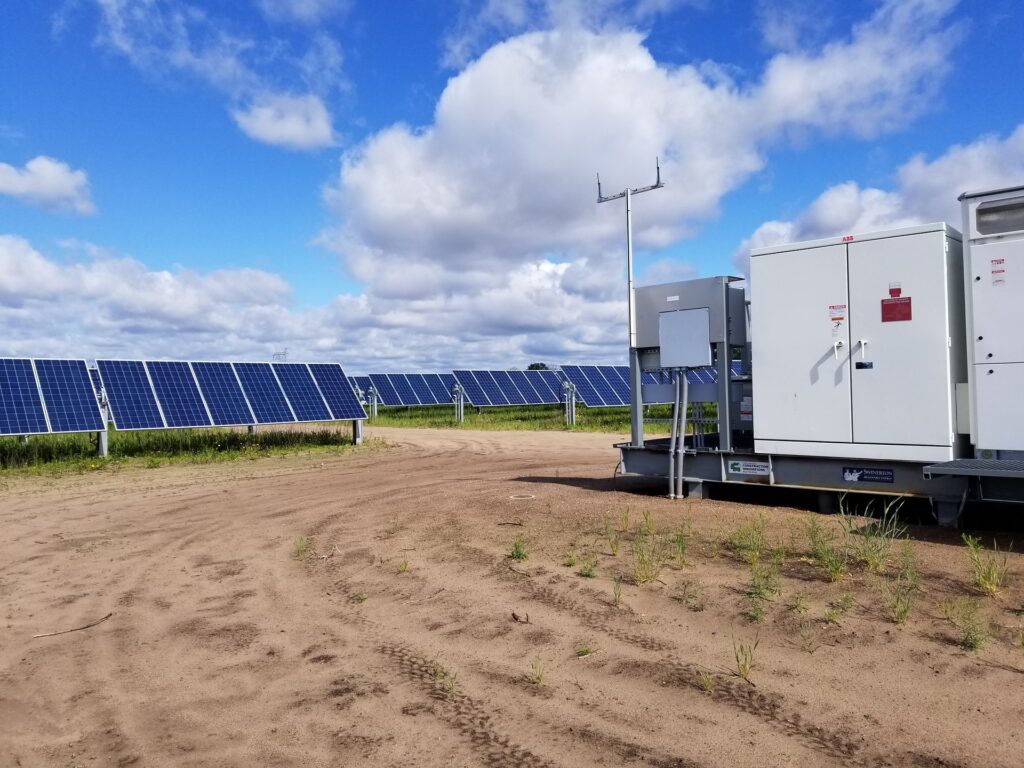Unlocking the Future: The Role and Impact of Energy Storage Systems in the USA

As the global focus shifts towards renewable energy, energy storage systems (ESS) have emerged as a crucial component in the energy landscape, especially in the United States. Energy storage systems in the USA are pivotal for enhancing the reliability, efficiency, and sustainability of the energy grid. These systems store excess energy generated from renewable sources like solar and wind, ensuring a steady supply even when these sources are not actively producing power. This article delves into the types, benefits, challenges, and future prospects of energy storage systems in USA.
Types of Energy Storage Systems in the USA
Energy storage systems come in various forms, each with its unique advantages and applications. The primary types include:
-
Batteries: Batteries are the most common form of energy storage. Lithium-ion batteries, in particular, are widely used due to their high energy density, efficiency, and decreasing costs. Other types include lead-acid, nickel-cadmium, and flow batteries.
-
Pumped Hydro Storage: This is the oldest and most established form of energy storage. It involves pumping water to a higher elevation during periods of low electricity demand and releasing it to generate electricity when demand is high.
-
Compressed Air Energy Storage (CAES): CAES stores energy by compressing air and storing it in underground caverns. The compressed air is later released to drive turbines and generate electricity.
-
Flywheels: Flywheels store energy in the form of kinetic energy. They are highly efficient and can respond quickly to changes in energy demand, making them suitable for grid stabilization.
-
Thermal Energy Storage: This system stores energy in the form of heat or cold. It is often used in conjunction with solar power plants, where excess heat is stored during the day and used to generate electricity at night.
Benefits of Energy Storage Systems
Energy storage systems offer numerous benefits that are crucial for the transition to a more sustainable energy grid in the USA.
-
Grid Stability and Reliability: ESS can provide backup power during outages, ensuring a continuous supply of electricity. They also help balance supply and demand, reducing the risk of blackouts.
-
Integration of Renewable Energy: Renewable energy sources like solar and wind are intermittent. ESS can store excess energy produced during peak production times and release it when production is low, ensuring a consistent energy supply.
-
Cost Savings: By storing energy when prices are low and releasing it when prices are high, ESS can help reduce energy costs for consumers and utilities. They also reduce the need for expensive peak power plants.
-
Reduction of Greenhouse Gas Emissions: By enabling a higher penetration of renewable energy sources and reducing reliance on fossil fuels, ESS contribute to a reduction in greenhouse gas emissions.
-
Energy Independence: With ESS, communities can become more energy independent, relying less on imported fossil fuels and more on locally produced renewable energy.
Challenges Facing Energy Storage Systems in the USA
Despite their benefits, energy storage systems face several challenges that need to be addressed to realize their full potential.
-
High Initial Costs: The upfront cost of installing energy storage systems can be prohibitive, although prices are gradually decreasing.
-
Regulatory Hurdles: The regulatory framework for energy storage is still evolving. Policies and regulations need to be updated to encourage the deployment of ESS and ensure they are integrated effectively into the energy grid.
-
Technological Limitations: While battery technology has advanced significantly, there are still limitations in terms of energy density, lifespan, and efficiency. Research and development are crucial for overcoming these barriers.
-
Grid Integration: Integrating ESS into the existing grid infrastructure can be complex and requires significant investment in grid modernization.
-
Environmental Concerns: The production and disposal of batteries raise environmental concerns. Sustainable practices and recycling programs are necessary to mitigate these impacts.
Future Prospects of Energy Storage Systems in the USA
The future of energy storage systems in the USA looks promising, driven by technological advancements, policy support, and growing demand for renewable energy.
-
Technological Innovations: Continued research and development are expected to lead to more efficient, cost-effective, and environmentally friendly energy storage solutions. Advances in battery technology, such as solid-state batteries, hold significant promise.
-
Policy Support: Federal and state policies are increasingly supporting the deployment of ESS. Incentives, subsidies, and regulatory reforms are being implemented to promote their adoption.
-
Market Growth: The market for energy storage systems is growing rapidly. According to industry reports, the global energy storage market is expected to expand significantly in the coming years, with the USA being a major player.
-
Renewable Energy Integration: As the USA aims to increase its share of renewable energy, the role of ESS will become even more critical. Energy storage will be essential for managing the variability of renewable energy sources and ensuring a stable energy supply.
-
Community and Residential Applications: Beyond large-scale grid applications, ESS are becoming more popular at the community and residential levels. Homeowners are increasingly installing batteries to store solar energy, providing backup power and reducing reliance on the grid.
Conclusion
Energy storage systems in the USA are a key component of the transition to a more sustainable and resilient energy grid. They offer numerous benefits, from enhancing grid stability to integrating renewable energy and reducing costs. However, challenges such as high initial costs, regulatory hurdles, and technological limitations need to be addressed. With continued innovation, policy support, and market growth, the future of energy storage systems in the USA looks bright. These systems will play a crucial role in achieving energy independence, reducing greenhouse gas emissions, and ensuring a reliable and sustainable energy supply for future generations.

 A Detailed Look at the Features of the LEGO Technic Mars Crew Exploration Rover
A Detailed Look at the Features of the LEGO Technic Mars Crew Exploration Rover  How to Get Email Addresses from LinkedIn with Aeroleads
How to Get Email Addresses from LinkedIn with Aeroleads  How to Find a Phone Number Using an Address with Aeroleads
How to Find a Phone Number Using an Address with Aeroleads  How to Connect HP DeskJet 2700 to Wi-Fi: A Comprehensive Guide
How to Connect HP DeskJet 2700 to Wi-Fi: A Comprehensive Guide  The Rise of Ludo and Teen Patti Game Development Companies
The Rise of Ludo and Teen Patti Game Development Companies  Building Your Community with Event Matchmaking Platform
Building Your Community with Event Matchmaking Platform  Exploring London’s Best Butcher Shops
Exploring London’s Best Butcher Shops  Enhance Your Shop Appeal with Sydney’s Best Carpentry Services
Enhance Your Shop Appeal with Sydney’s Best Carpentry Services